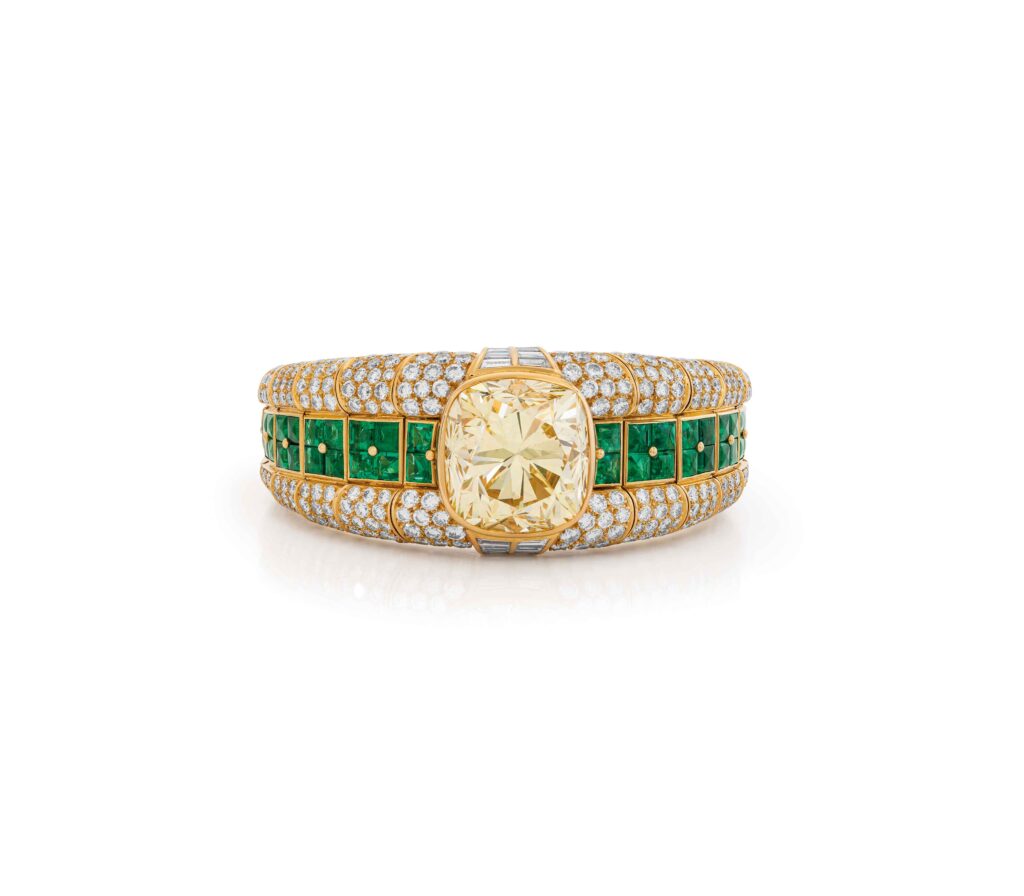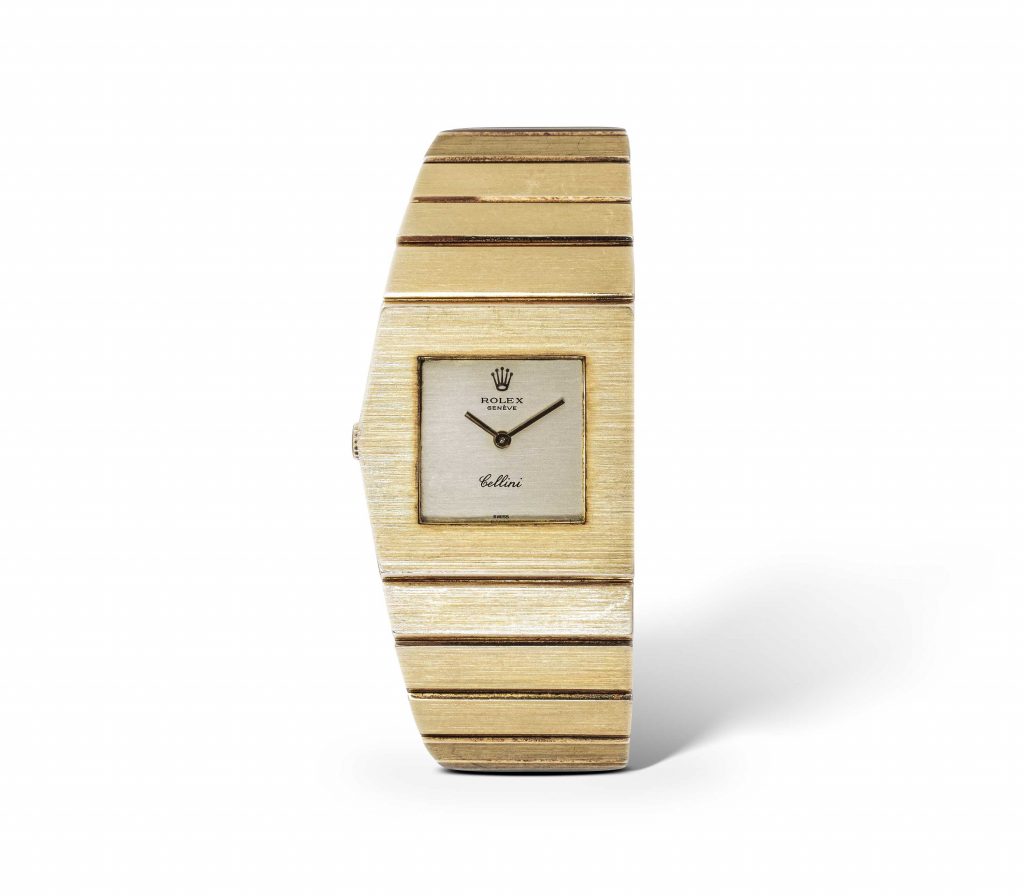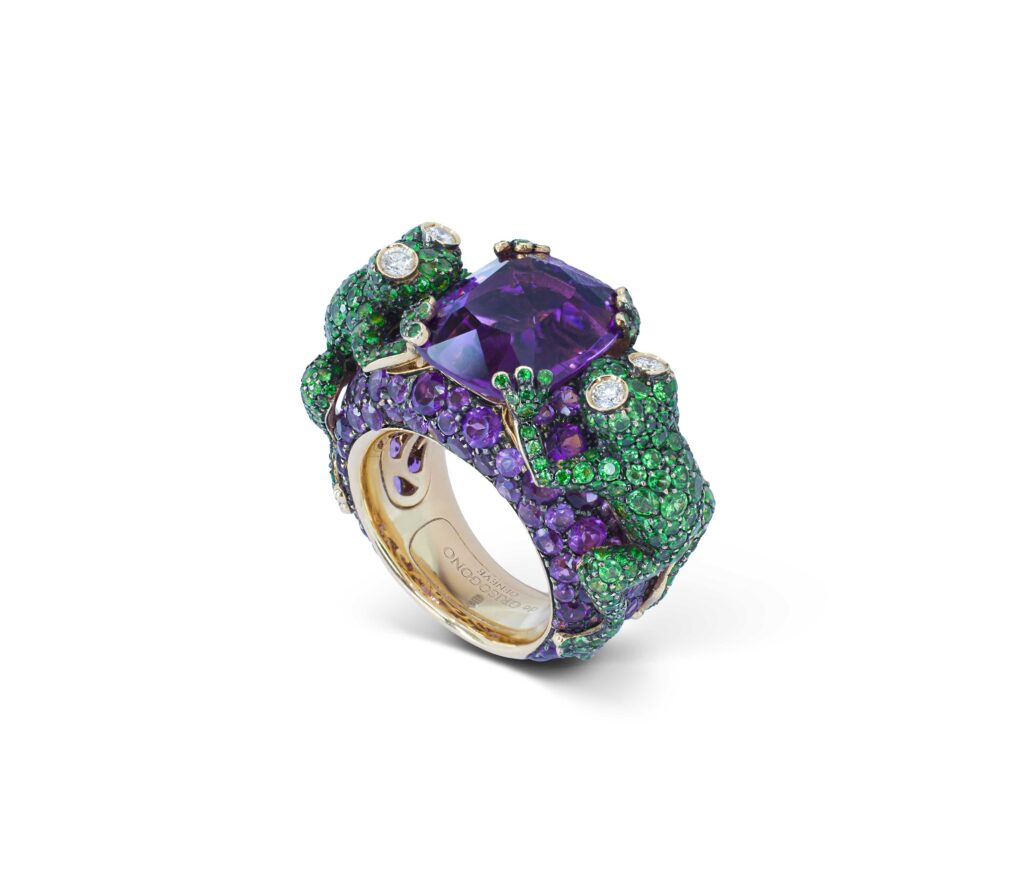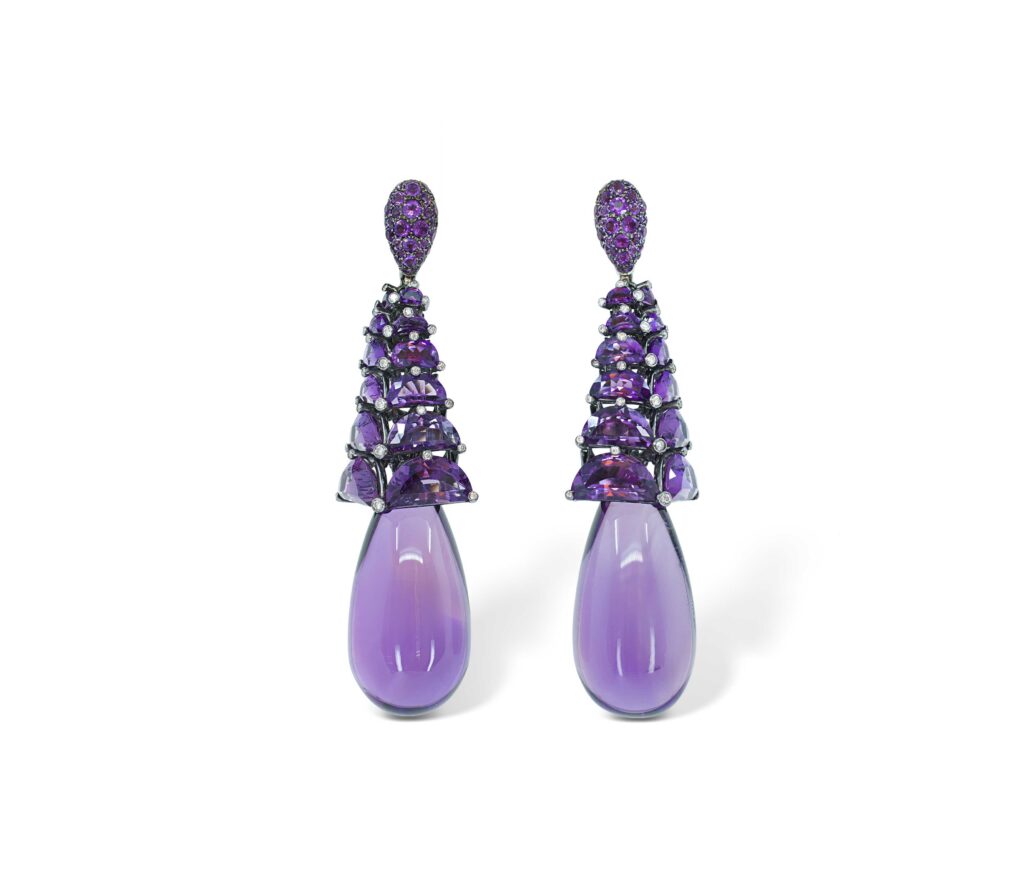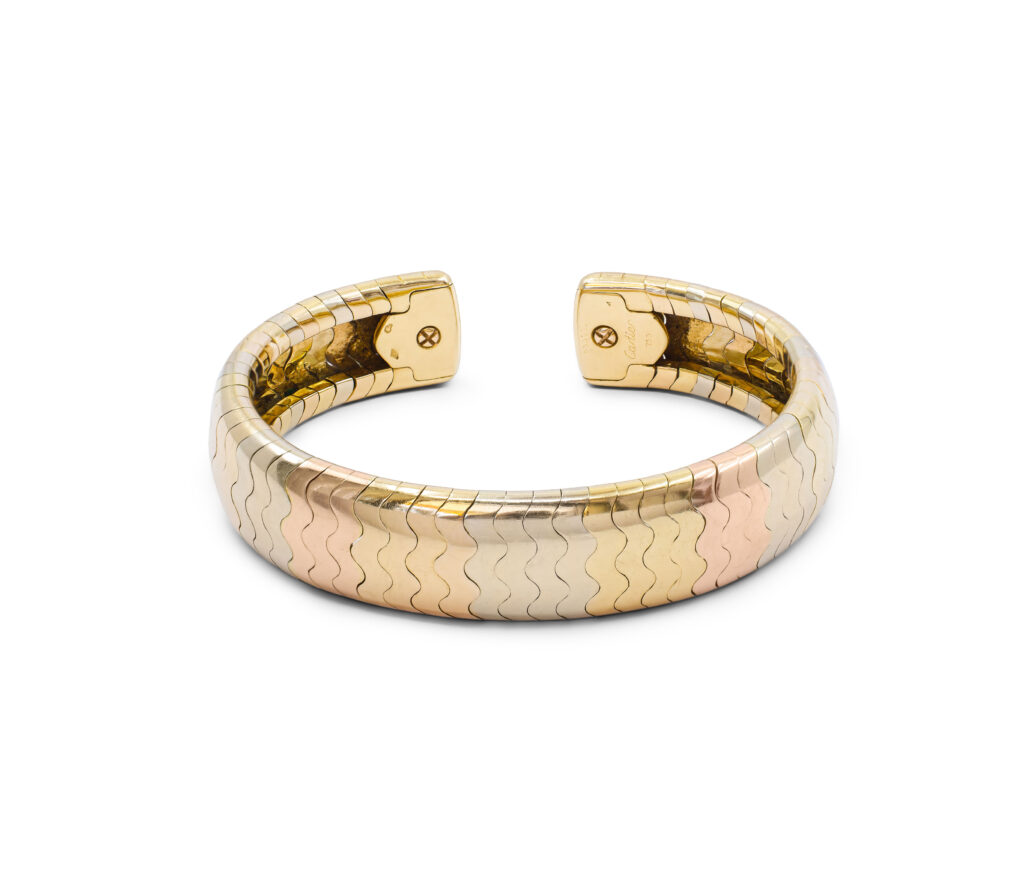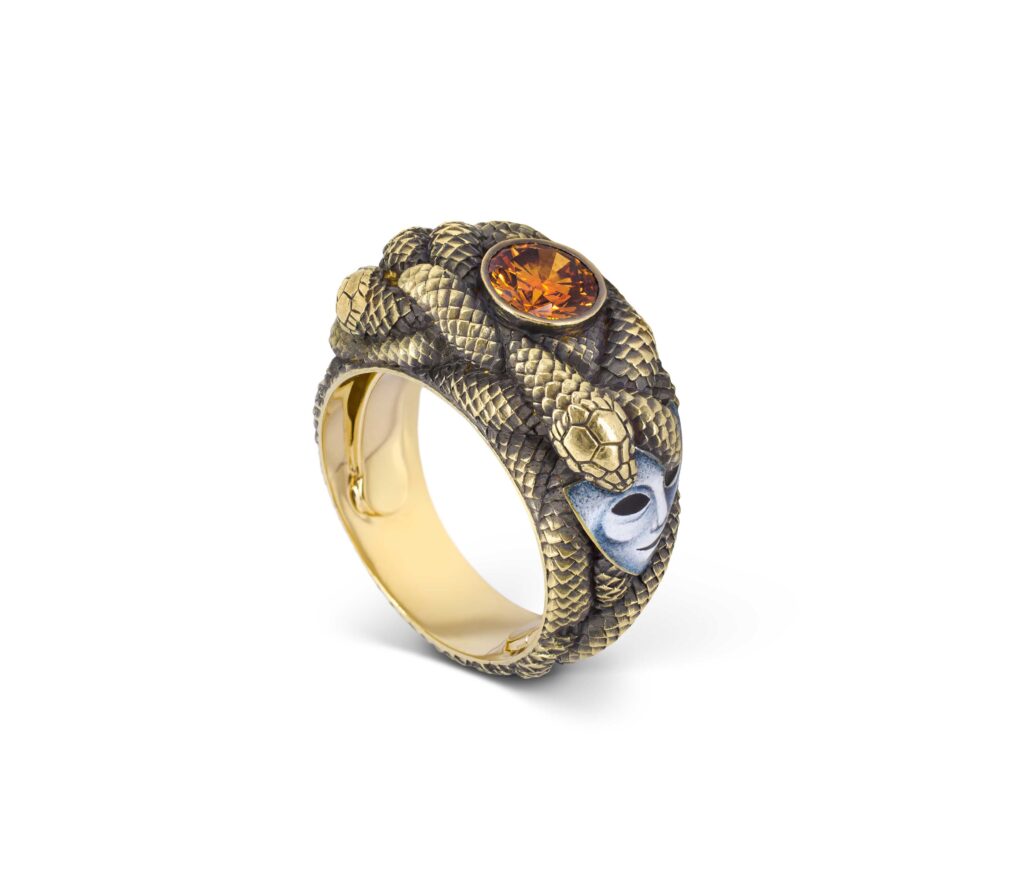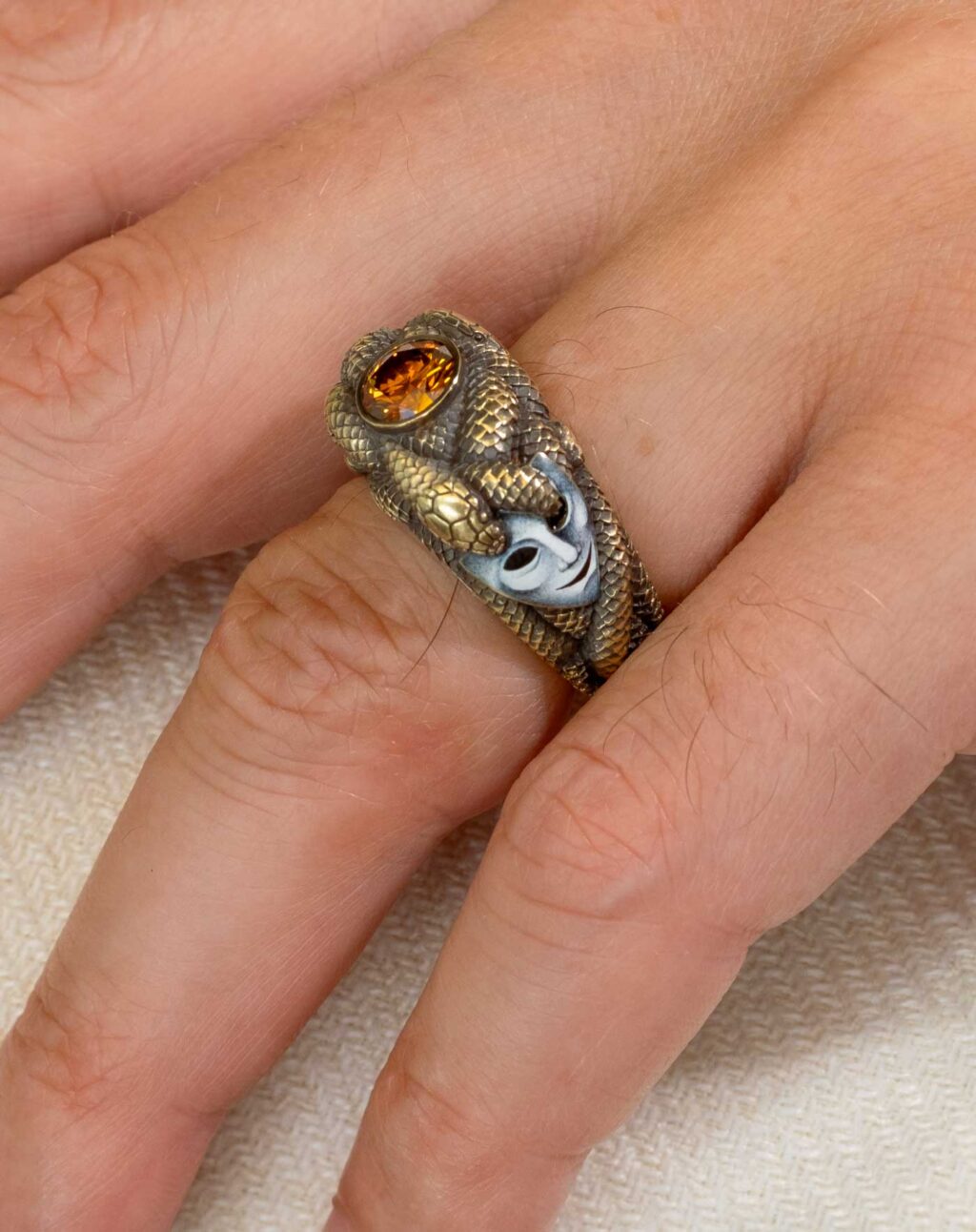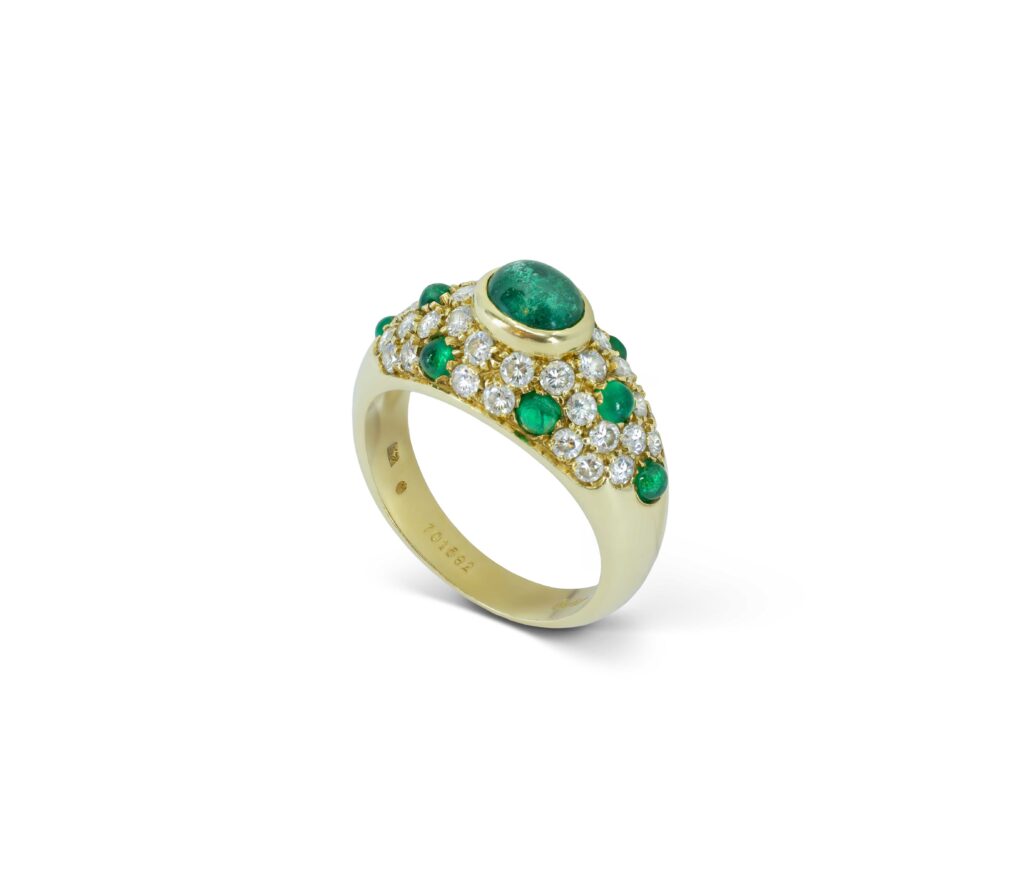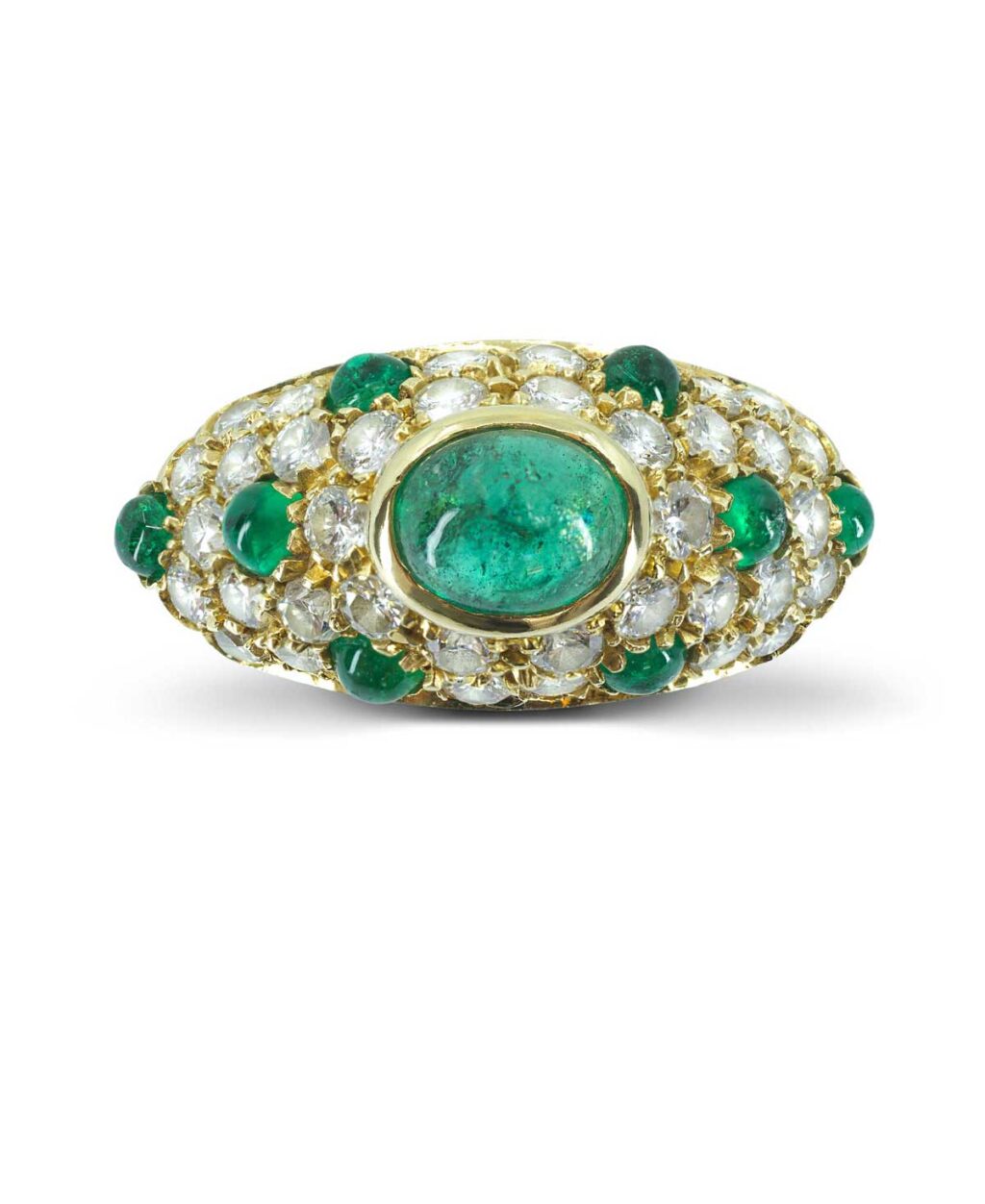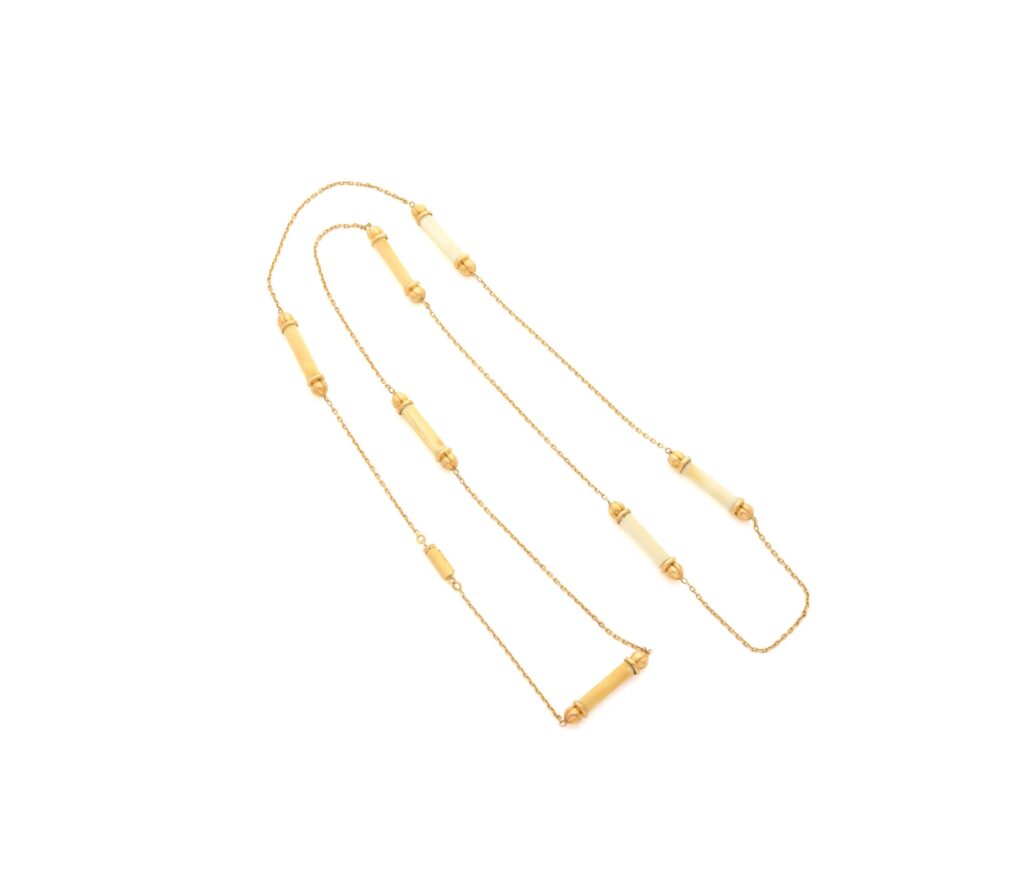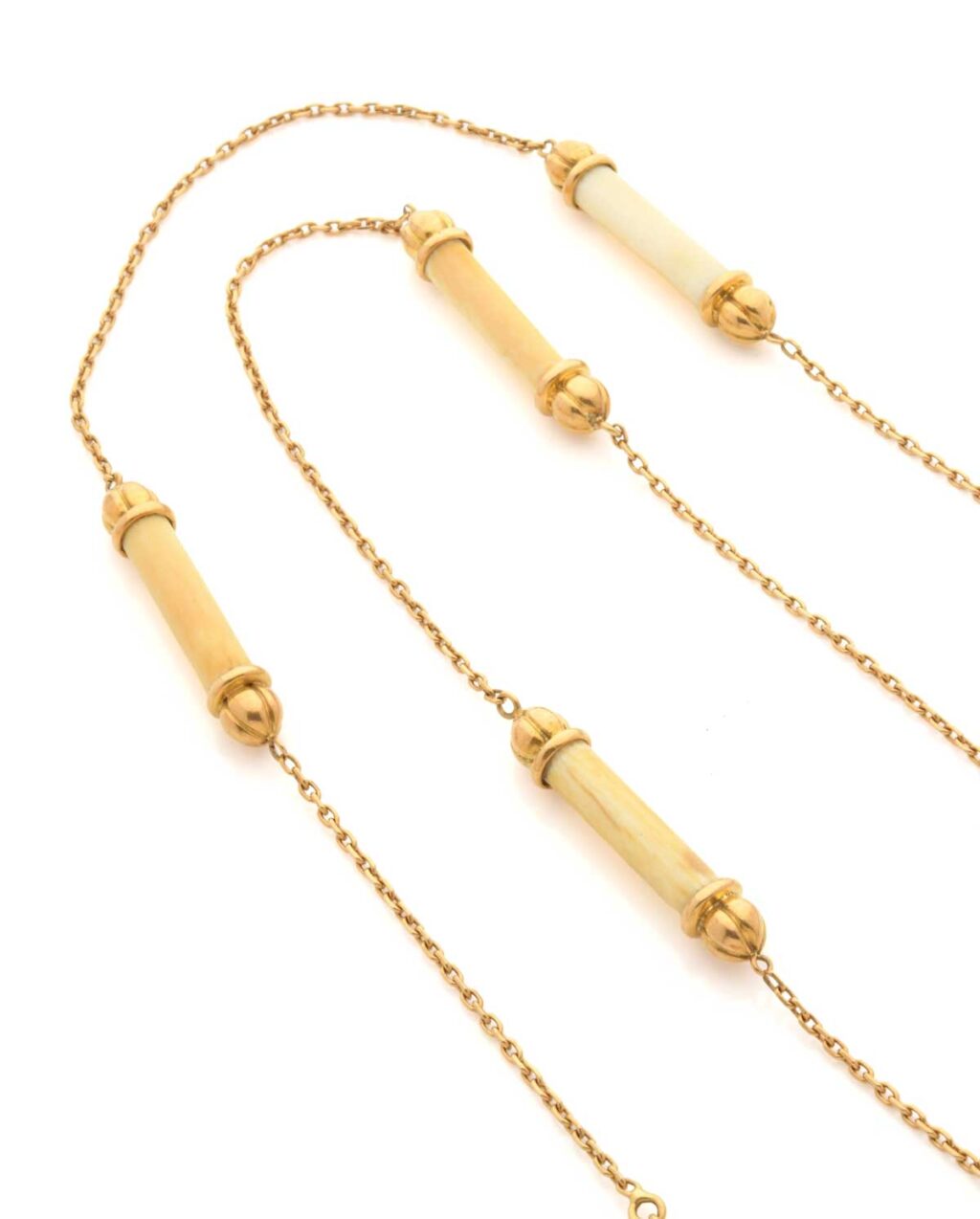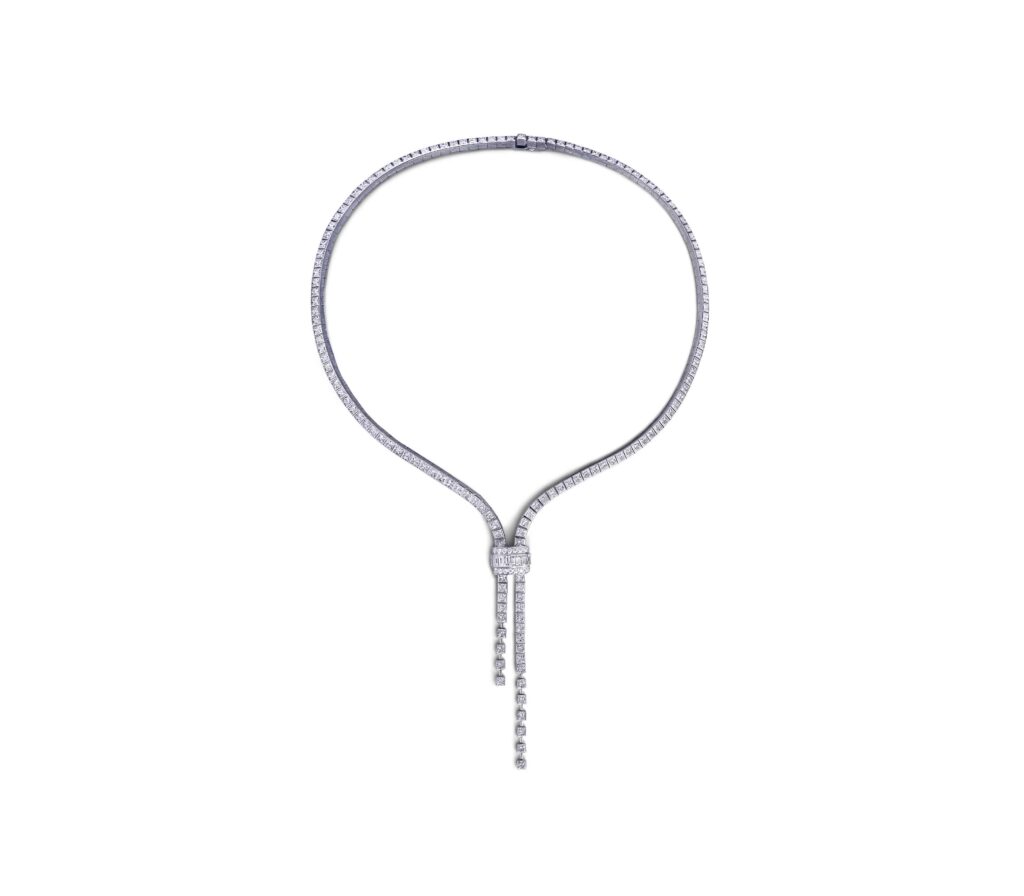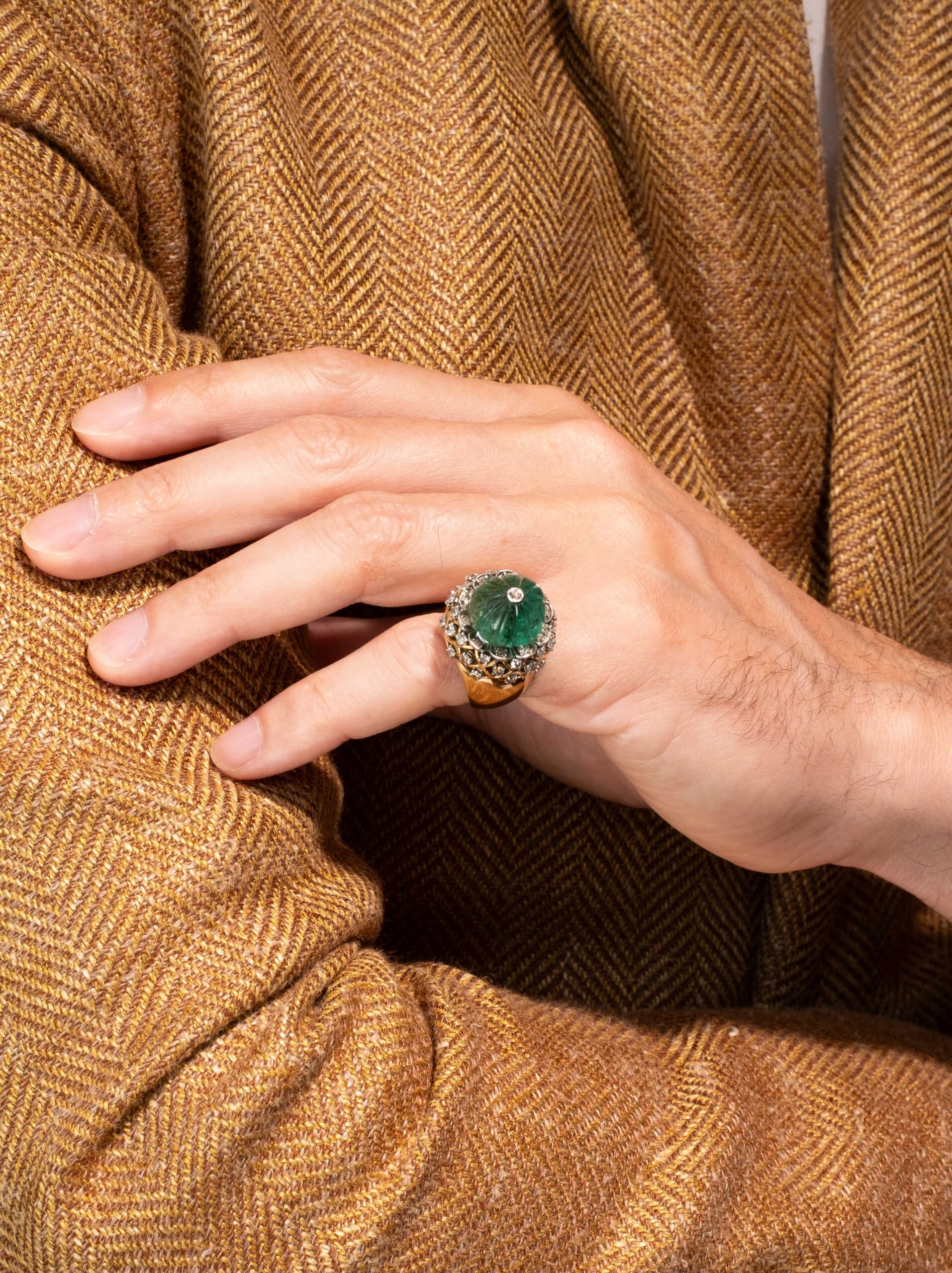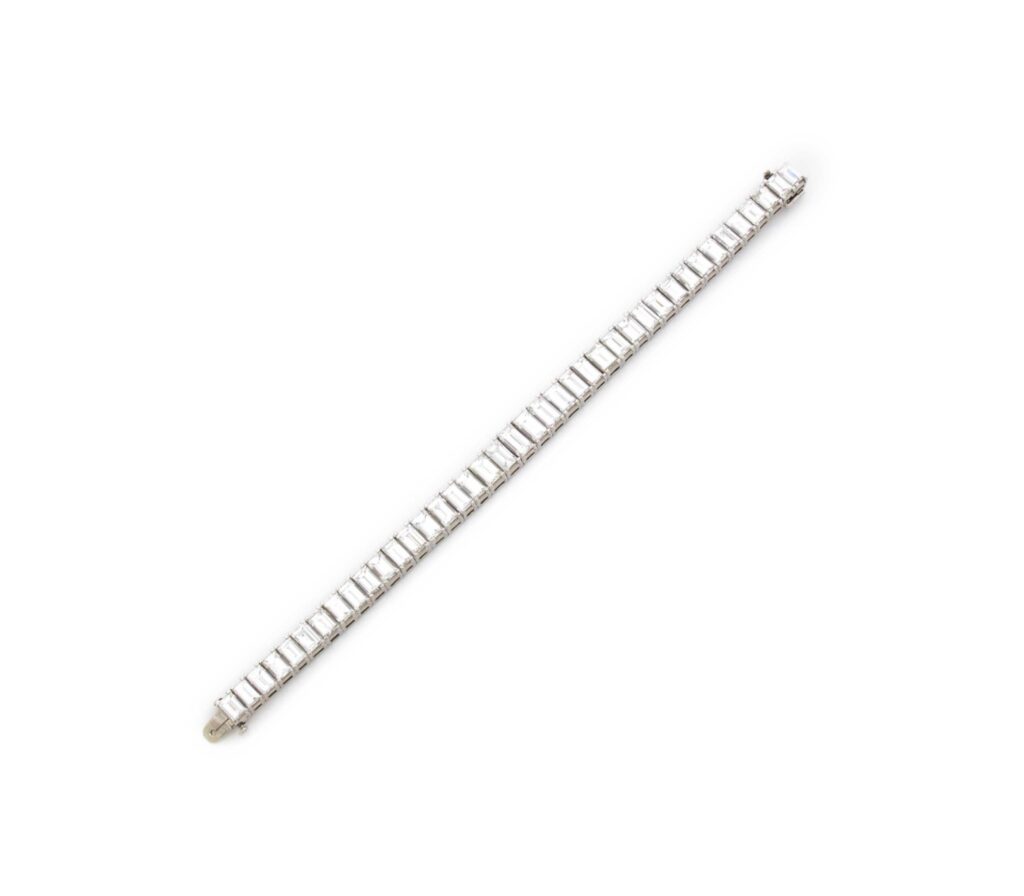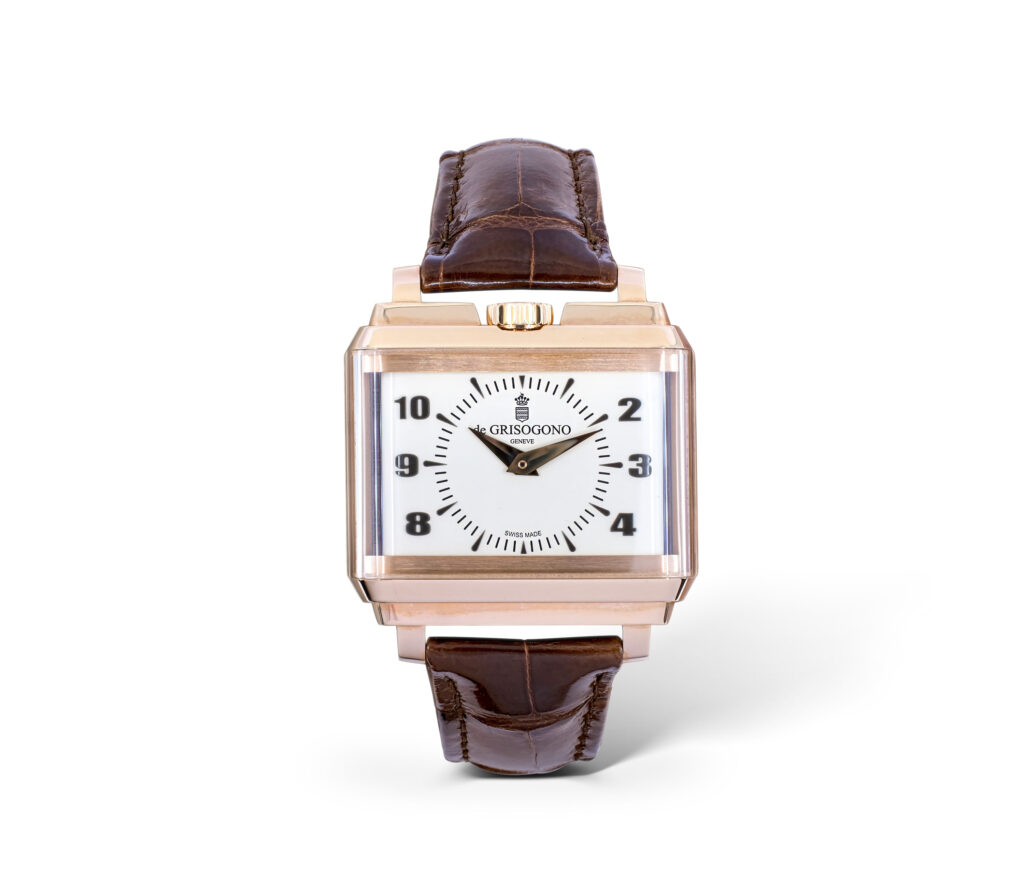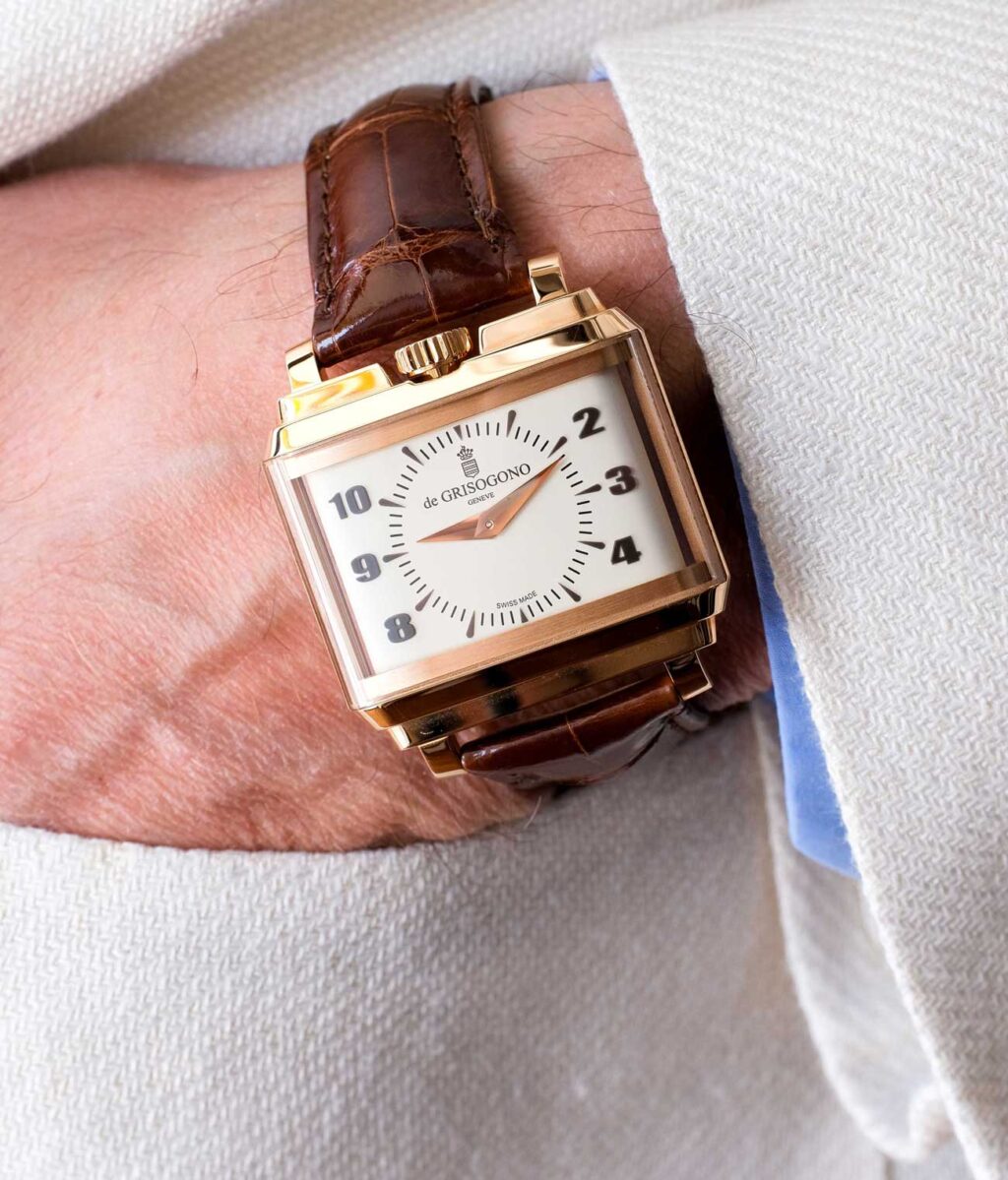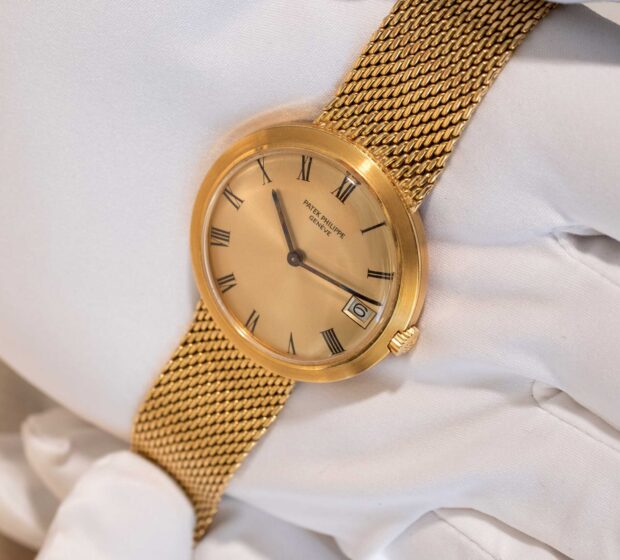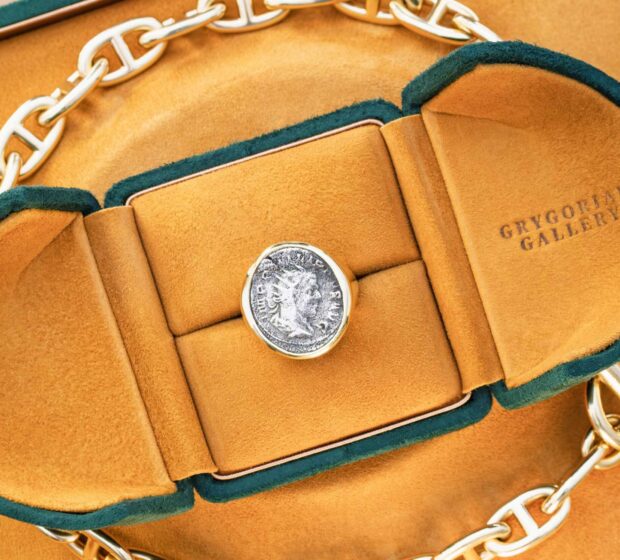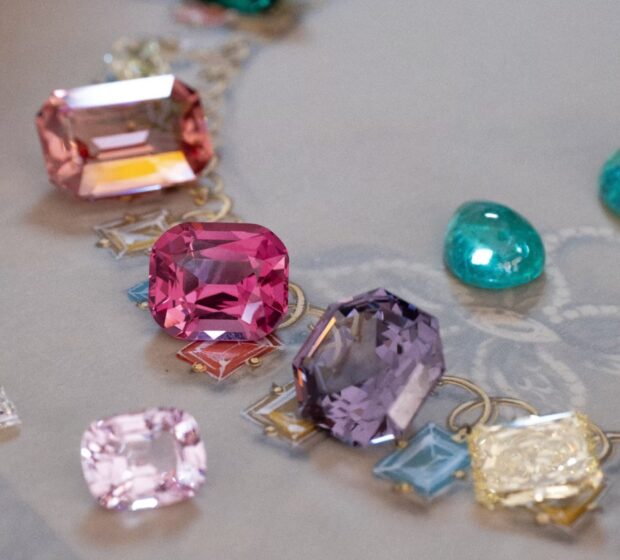A unique ring can sit quietly for decades in a family drawer, its diamond collecting dust, its gold softening to a warm glow. Then someone lifts the lid, hears the soft click of the hinge, and an entire life stands up in the room. Sentimental jewelry is memory made visible. The way it rests on the skin, the sound it makes when a watch clasp closes, the scent of the old leather box, the inscription rubbed smooth by a thumb that touched it over and over. What begins as metal and stone becomes a passport to time.
At Grygorian Gallery, we care about why a piece exists even more than what it looks like. People arrive with stories that want to be held, and not every story announces itself clearly. That is why we sit with clients and listen. The object can wait. The memory cannot.
The weight of a story in metal and stone
There is a physical weight to jewelry, but there is another kind of weight that is harder to measure. You feel it when a grandfather’s watch finally ticks in your hand after years of silence. You feel it when you slip on a bracelet that once belonged to a young mother, now gone, and the room brightens because her laughter returns.
A consultation is where this hidden weight becomes legible, offering a canvas for personalization. We listen for the shape of a life, not just the shape of a ring. We notice the pauses, the words chosen, the names remembered. We take care because every choice we make later in the studio will be in conversation with these moments. A ring’s proportions, a watch’s dial texture, the temperature of a diamond’s scintillation under candlelight all answer to the story that brought you to us.
Why feelings lead the design
People seek jewelry when words feel thin. A pendant can hold an apology, much like charms that encapsulate personal stories. An eternity band can celebrate rekindled vows after a rough season. A vintage watch can turn a young graduate’s guideline into a lived standard: be on time, be precise, take the long view.
We begin with feelings because they determine form. If you want quiet strength, we might choose a gypsy-set diamond nested flush into the band, so it rides low and strong. If the feeling is tenderness, a fine milgrain border, barely perceptible until you hold the piece close, can create a whispering edge. If the feeling is freedom or recommitment, a colored gemstone with a strong axis of pleochroism can show a different face as you turn your wrist under daylight, an ever-changing companion.
The first conversation: listening before looking
A first consultation with Grygorian Gallery begins with a simple posture: we are here to hear you. The phrases we listen for are often ordinary.
- She never took it off.
- He wound his watch every morning at the kitchen table.
- It sat in a box I was scared to open.
- I want my daughter to feel strong when she wears this.
Before any sketch appears, we ask:
- Where did the piece live before today?
- When you picture the person tied to it, what room are they in, what light?
- Are there habits or phrases you connect to them?
- What do you want to feel when you wear this?
We might hold silence for a while. Memory takes time to arrive. We keep paper at hand, not to draw at first, but to write down words that surface, the ones that can anchor a design later. Sometimes the most important note will be only two words, like steadfast gentleness or a date circled in pencil.
Memory mapping: from fragments to form
Clients often bring fragments. A ring with missing stones. A watch with a cracked crystal. A brooch that feels too formal for modern life. Memory mapping is how we bring fragments into a living structure.
- We lay out the objects on a clean cloth, spaced as if they were sentences on a page.
- We group by connection: all items from one branch of the family, or pieces given for similar occasions.
- We identify motifs that repeat over decades: five-point stars, the letter M, wheat ears, a specific kind of scroll engraving, a shade of blue that keeps returning.
- We ask what to keep exactly as it is, what to wake up with gentle care, and what to transform.
Memory mapping is not mood boarding. It is family archiving for the hand.
Holding time: vintage watches and the sound of inheritance
Vintage watches carry a special domestic music. A winding crown that clicks softly after dinner. The sudden quiet when the movement finally stops and you look up, surprised by the silence. The relief when a watchmaker breathes inside the case again and the balance starts to swing.
In our consultations, watches are often the most personal heirlooms. They are literal timekeepers, but they also remind us of how someone measured their days. Did a parent favor a crisp dress watch with thin baton markers and a polished bezel, or a rugged chronograph with a faded tachymeter? Did a grandmother keep a petite Art Deco cocktail watch in a velvet pouch, or a mid-century bracelet watch that played at being jewelry?
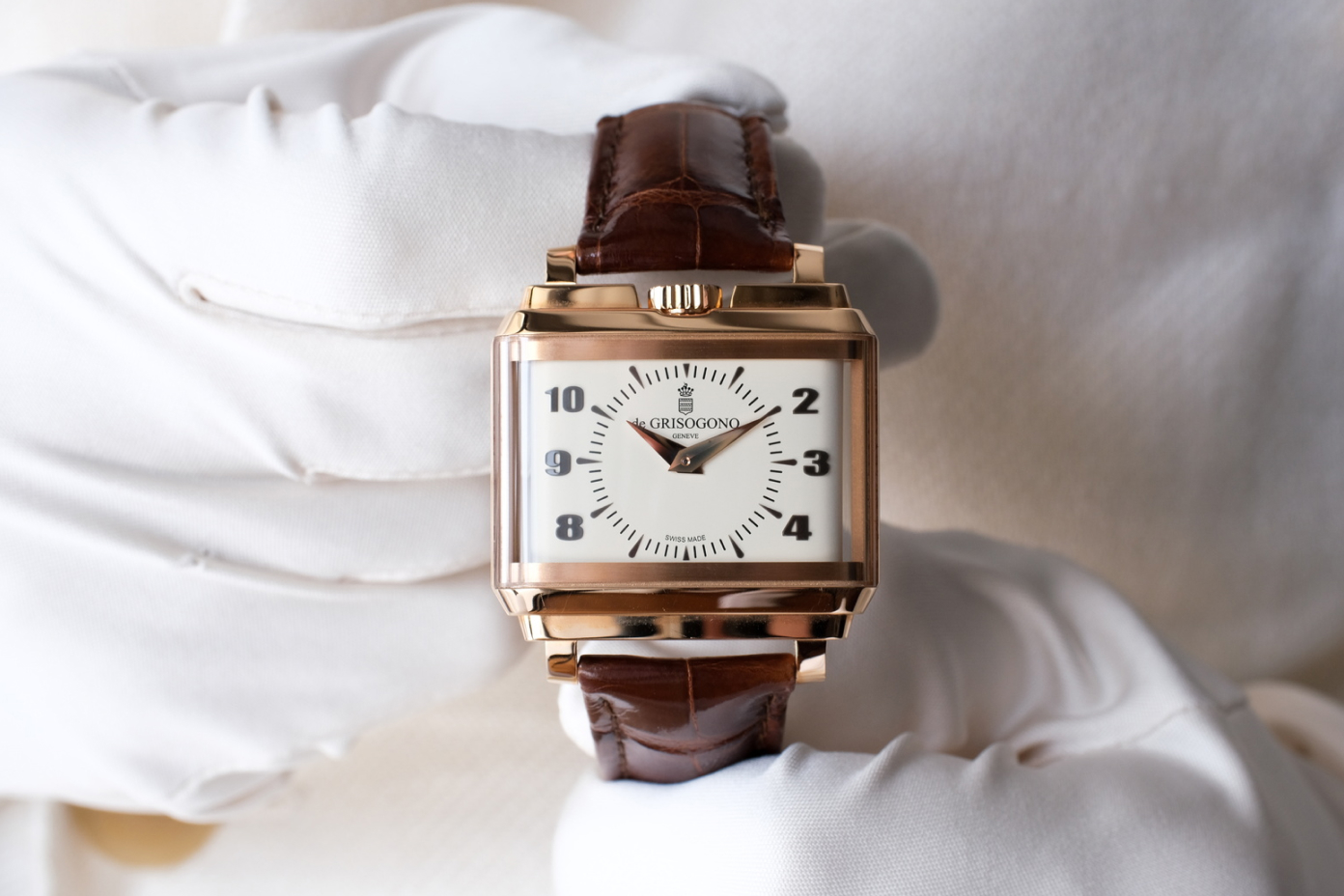
When we discuss vintage watches, we cover:
- Service history, or the lack of it
- Dial condition, and whether patina is a friend or a foe
- The story behind the bracelet, especially if it replaced an earlier strap
- Whether to restore the case to a gleaming polish or preserve its soft edges
- The worth of keeping an original crown or crystal, even if flawed
- The cadence of wearing, so a gentle movement learns your rhythm
A watch becomes part of a family’s text, often with penciled notes on the inside lid of the box. We can read them, and we add our own, so the archive continues.
Diamonds that remember, color that speaks
There is a myth that only clear diamonds can carry formal sentiment. Our experience says something else. Diamonds record light with a voice that can be formal or playful. Some clients feel comfort in the steadiness of a classic brilliant. Others recognize themselves in a shield cut or an old mine diamond whose facets glow like candlelit windows in winter.
Color reads as emotion. A Ceylon sapphire whispers morning. A Burmese ruby carries heat. A tsavorite sings green with a frankness that feels like new leaves after rain. Color is not decoration. It is message. During a consultation we tune that message to your story, combining hue, saturation, and cut until the piece breathes as intended.
We ask questions that have nothing to do with jewelry:
- What music holds you when you need it most?
- What color did your grandmother always choose without thinking?
- Do you walk toward the sea or toward the mountains?
The answers shape a palette that can steady you in daily life. People often report that their ring feels like a small compass.
When heirlooms change shape without losing themselves
Transformation can feel like a betrayal if handled without care. A mother’s brooch wants to become a pendant for a daughter who will actually wear it. A late uncle’s signet ring is too large for a graduate’s hand, but the crest matters.
Our task is to keep identity intact while letting the piece learn a new grammar. That might mean:
- Removing a central stone and placing it within a bezel that mirrors the original frame
- Preserving inscriptions exactly as they were, then adding a new line in a complementary hand
- Lifting a family crest from a worn signet and engraving it on the inside of a new band, a secret for the wearer alone
- Turning a pair of cufflinks into pieces of sentimental jewelry infused with personal memories, transforming them into small pendants for siblings, with small differences that match their personalities
We photograph everything before and after. The story remains in pictures and in the metal.
Rituals inside a consultation
There are practices at Grygorian Gallery that clients come to anticipate.
- The cloth: a square of soft cotton that holds every item brought into the room. It signals care.
- The loupe: offered to clients so they can see what we see. Inclusions look like constellations, and we circle them on sketches and worksheets with small annotations.
- The measure: we measure finger size at different moments because bodies change throughout the day. Heat alters fit, emotion does too.
- The sound check: we listen to watch movements with a timegrapher, but also with the naked ear. The sound becomes part of the story.
These rituals create a shared language between client and artisan, enhancing the emotional impact of each piece. You do not have to be a gemologist to speak it.
The language of motifs
Motifs carry meanings that outlast fashion, embodying profound symbolism that resonates beyond the surface.
- Wheat ears can signal harvest, provision, and steady labor
- Stars suggest orientation and the presence of those gone but still seen
- Knots hold the idea of bonds that pull but do not break
- Vines speak of growth that takes the shape of whatever it climbs
We ask clients if any motifs appear in old photographs, textiles, or letters. Many families have a pattern that shows up everywhere without anyone noticing until now. Jewelry is a chance to let that pattern speak in gold.
A table of memory to material bridges
Below is a compact map we often reference during consultations. It is not a rulebook. It is a set of proven connections our clients return to over years of wearing.
| Memory type | Common client emotions | Symbolic motifs | Materials and techniques | Consultation approach |
|---|---|---|---|---|
| Parent’s daily watch | Gratitude, steadiness | Bar markers, coin edge | Stainless or 18k, linen dial, gentle polish | Sound check, preserve dial patina |
| Engagement after long friendship | Quiet joy, trust | Interlaced lines, knot | Bezel-set diamond, milgrain, rounded profile | Texture samples, daily wear test |
| Heirloom brooch to pendant | Care, continuity | Scrolls, laurel | Hand engraving, detachable bail, warm yellow gold | Photo archive, crest tracing |
| Mourning ring redesign | Sorrow, renewal | Enamel border, night sky | Black enamel, star-set diamonds, hidden engraving | Private room, soft lighting |
| Graduation gift watch | Pride, momentum | Rail minute track, numerals | NOS leather strap, brushed case, service record | Fit on wrist, schedule for future service |
| Birth of a child | Wonder, protection | Tiny star, seed, initials | Mixed finish, flush-set birthstone | Naming ritual, letterform sketches |
| Sibling shared pieces | Fairness, uniqueness | Twin lines, mirror motifs | Split stone pairs, subtle differences per person | Group consult, story balance check |
Each cell contains years of practice distilled into a few words. We keep this table updated as new stories teach us new bridges.
Caring for the past while making the future: ethics and provenance
Emotion gains strength when it rests on integrity. When we source stones or metals for a project, we think about the full path they took to reach our bench. Provenance is not paperwork alone. It is a promise that your piece enters the world clean and stays clean.
- We prefer recycled gold whenever it serves the design without compromise
- We maintain relationships with cutters and dealers who know the origin of their gems
- We document every modification of vintage watches and keep original parts whenever possible
- We encourage clients to ask hard questions about sources, and we answer them directly
This care extends into the studio. We treat scrap with the same care we give finished jewels because the difference between raw and refined is only time and attention.
Grief, relief, and renewal: mourning and transformation
Not every consultation is full of smiles. Many begin with loss. Victorian mourning jewelry teaches us still: black enamel bands with names and dates, lockets holding a curl of hair, jet beads that gather light like a storm sea. Modern life often avoids ritual, but our clients bring it back. A ring can say what a voice cannot manage yet.
We handle mourning pieces with slower hands. The room quiets, and the work slows. The choices lean toward texture inside rather than shine outside. Hidden engraving on the inner band becomes the place where tears rest. Star-set diamonds scattered like night are preferred by some because they align loss with guidance. Others choose a smooth black onyx table with a single initial, lettered in the same style a parent used to sign notes.
Renewal and healing come in gentle increments. The first time a client laughs in the studio during such a project marks a step. We honor it without rushing.
Couples and the ring that holds their origin story
Couples arrive with very different energies. One wants a simple band that feels like a river stone. The other imagines something architectural with edges that catch light. We encourage them to bring their contradictions to the table, then find a shared core.
- We discuss the earliest moment that felt like a promise between them
- We look at how their hands move when they talk, to decide on height and balance
- We consider whether the bands should mirror each other, complement, or stand independent
- We talk about daily life: work, sport, art, and how each hand navigates these
The final pieces often reveal a quiet agreement. Two bands might share a hidden interior engraving in the same hand, even if the exteriors differ. Or they might share a single motif placed in opposite positions, a private symmetry only they notice.
Gifts that say what words cannot
The hardest gifts are often not expensive. They are precise. A pendant made from the gold of a repaired chain and a single inherited seed pearl can land with the force of a letter kept for years. A pocket knife passed down with a new watch chain reconnects a grandson to his grandfather’s small rituals: sharpen, fold, pocket.
We keep a shelf in the studio with reference objects that are not jewelry at all: a brass cabinet knob, a mother-of-pearl button, a wooden bobbin. Clients point to one and say, that. The gift takes shape from the feel of an object held in childhood. Proportions matter even more than cost in these moments.
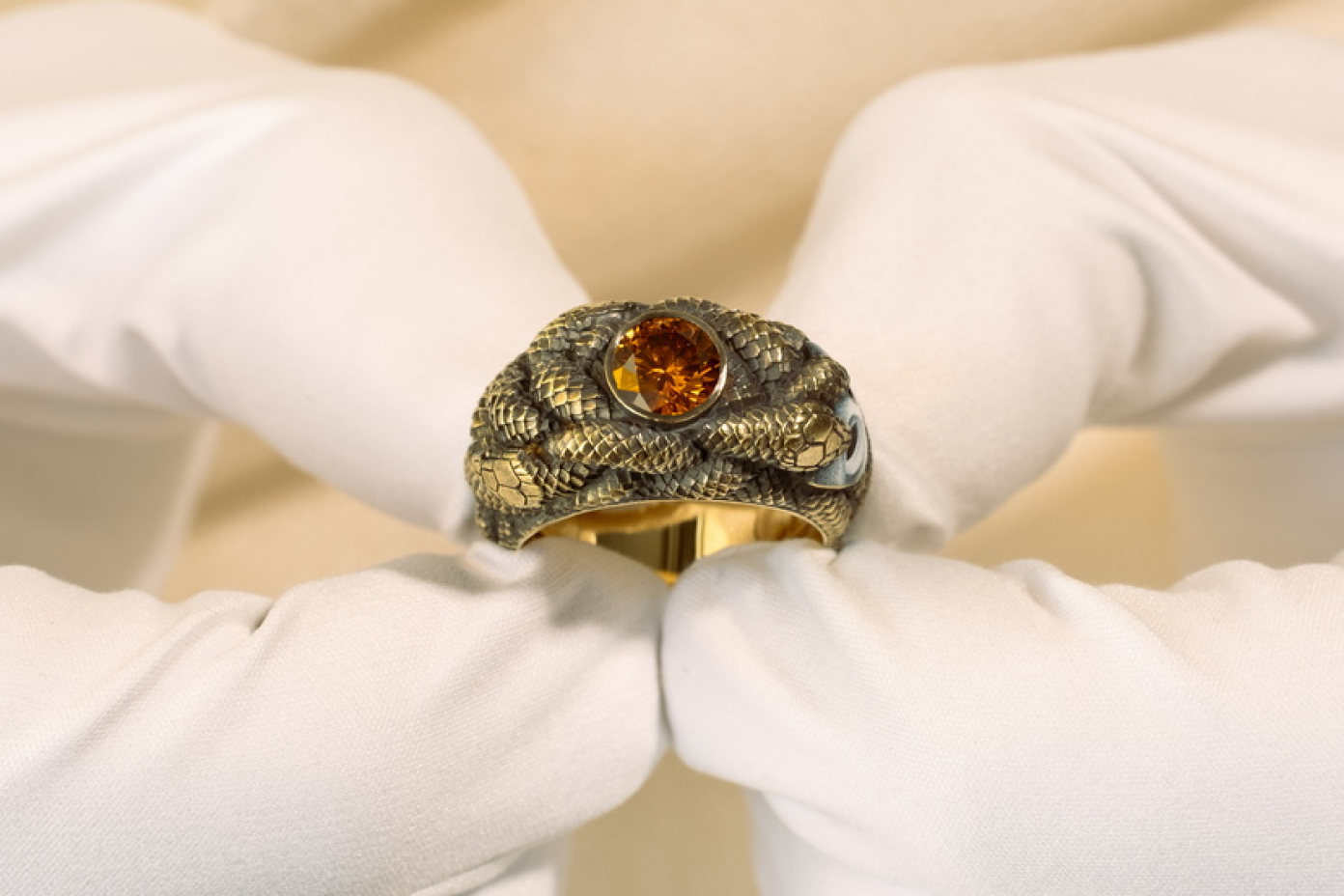
Cultural threads and family traditions
Every family has its own grammar. Armenian filigree sits near Georgian collets, Art Deco symmetry near Ottoman granulation, Bauhaus neatness near French floral scrolls. Our bench jewelers and watchmakers study these languages so they can speak them without accent.
During a jewelry consultation, we ask about names, countries, and kitchens. Food is often the honest map. If a client lights up at the mention of baklava, we know that fine, repeating patterns might feel right. If another client smiles at a simple butter cookie and tea, we keep the lines clean and the surfaces honest.
Family rituals also matter. Does the family bless rings before a ceremony, pass them hand to hand? Then the inside edge must be soft and generous, comfortable in many palms.
The sketch becomes a talisman: craft and process
Craft is memory taking a shape you can wear. The process is not a black box. We invite clients into it.
- Words become a preliminary sketch, usually done fast, not to pin down the design, but to see where it wants to move
- The sketch becomes a measured drawing, with side views for height and thickness
- If the piece benefits from it, we carve wax by hand, so proportion can be felt as well as seen
- Stones are placed on the wax, not to set them, but to let the eye test balance and line
- The bench translates the model into metal with a focus on finish that suits the story: brushed for quiet, polished for celebration, hammered for resilience
- Engraving happens last, like writing the last line of a poem
Clients who wish can visit during these stages. Even a five-minute visit can anchor a lifetime of connection to the piece because you watched it learn to be itself.
How we keep record: notes, polaroids, and letters
We keep a file on each project that looks more like a family scrapbook than a spec sheet, capturing personal memories along with detailed records. There are notes in different hands, small polaroids of the first time a stone sat in its seat, a rubbing of an inscription before and after re-cutting, a photo of the watch movement with its bridges and balance laid out like a little city. We store original clasps or links in labeled envelopes.
We do this so the piece remains part of a larger narrative, making it more than just sentimental jewelry. If your granddaughter visits us in forty years, the file will offer her a page that began with you. She will read your words in our notes and know why a certain choice was made.
Measuring fit: comfort, wear, and daily life
A ring that bites the knuckle is a ring that stays in a drawer. A watch head that feels top heavy will slide and bump against door frames. Fit is respect for the body that will carry the piece. During consultation, we test in real time.
- Fit rings on both warm and cool hands to account for fluctuations
- Test watch strap holes across activities: typing, carrying a bag, driving
- Adjust balance by raising or lowering a ring’s center of gravity
- Offer different finish samples against your skin tone in daylight and lamplight
We also discuss the reality of wear. If your work asks your hands to grip and lift, we choose low settings and sturdy bezels. If you live near sandy beaches, we advise on polish that will absorb micro scratches gracefully and age beautifully.
The quiet power of color theory
Color sets a mood even before words arrive. When a client says a piece should feel calm, we evaluate not only hue, but also value and temperature. A pale blue sapphire might look calm in isolation but appear cool to a warm skin tone, stealing energy from the wearer. A light gray diamond with a hint of brown can feel like warm linen and suit a person who loves neutral palettes.
We often test with color chips and stones in various lighting conditions:
- North daylight for accuracy and softness
- Dusk light for intimacy, when stones can shadow or glow
- Interior warm lamp light where many dinners happen
The small decision to shift a stone by a half-step in saturation can turn a pretty piece into a faithful companion.
Watches as family archives
A watch is a portable archive that happens to tell time. We have opened cases to find dates scratched inside by a previous watchmaker with a sharp tool, a trail of care across decades. We catalogue these dates in your file. Some clients ask us to continue the tradition with a discreet mark for each service, others prefer a paper record.
Dial choices often carry emotion. An off-white dial with aged lume dots can look like a late afternoon in a beloved kitchen. A clean black dial with silver hands can feel like a father’s suit worn on Sundays. Replacing a dial is not casual. We discuss it in depth, and if we do it, we keep the original safe and clearly labeled.
Bracelets and straps matter too. A crocodile strap reads formal. A suede strap can turn a reserved watch into a weekend friend. Steel bracelets vary in character. A beads-of-rice bracelet feels gentle and classic, an oyster link more confident and purposeful. We fit these carefully to avoid bite points and hair pull.
Digital meets hand: archival scans, 3D, wax
Modern tools sit happily beside traditional methods at our bench. We scan a crest to preserve its proportions, then hand-engrave it with old tools so the line has the right life. We model complex settings in 3D to test structural integrity, then refine by hand to restore warmth and subtle human asymmetry.
Clients who are visual thinkers enjoy a quick 3D render to understand spatial relationships. Clients who are tactile prefer a wax model they can hold. Both belong in our process, as needed. The goal is always the same: a piece that behaves on the body as well as it reads on the page.
The consultation room: space, scent, light
Environment shapes memory. Our consultation room is designed to support recall and decision making. Daylight from the side, not above, so stones do not shout. A neutral scent so old leather and polished wood can speak. Chairs that invite conversation rather than performance.
We keep the room human. There are books about engraving, old catalogs from watchmakers long gone, photographs of hands at work, a small dish of loose antique cut stones that people like to pour gently from palm to palm because the sound calms them. Even the pencil sharpener has a good feel. These details matter.
A short field guide for clients
People sometimes arrive unsure of what to bring or how to prepare. A small guide helps.
- Bring any paperwork, even if incomplete: receipts, service records, notes
- Bring photographs of the person or event connected to the project
- Bring any items you think might be related, even if uncertain: spare links, a lone earring, a sweater button
- Consider a few words that describe the feeling you hope the piece will carry
- Wear jewelry on the day of the appointment to help us read comfort and style
- Eat beforehand and bring water, as emotion can affect the body
During the meeting, give yourself room to pause. Silence is not empty. It is where the right idea often arrives.
Why Grygorian Gallery treats time as a material
Metal, gemstone, leather, and enamel are the obvious materials. Time is the quiet one. We handle it like gold. We do not rush a mourning project because grief has its own clock. We do not drag out a celebratory piece because joy wants to step into the world while it is bright. We calibrate our bench schedule to match the emotional tempo of the work.
This is one reason our clients return decades later with the children who first visited in strollers. They know the room will hold their story and our bench will honor it. A family ring grows up alongside a family. Its surface carries tiny marks from holidays, relocations, rough days, and tender ones. We watch it earn its patina and call it beautiful.
A living case study: three clients, three outcomes
- The quiet architect: She brought her grandmother’s brooch, too ornate for her taste, and asked for a pendant she could wear to the studio most days. The consultation uncovered a love of precise lines and deep coffee. We used the central old mine diamond in a clean bezel pendant with a soft brushed finish and preserved the brooch’s delicate scrollwork as an interior engraving only she can see. The chain has an inline clasp so the pendant can slide without a break in line. She touches it before site visits and says it feels like clarity.
- The patient horologist: He inherited a mid-century chronograph with a stained dial and frozen pushers. He feared a full refinish would erase his grandfather’s history. We agreed to a light mechanical service, preserving the tobacco-colored dial and the slightly rounded lugs. A soft leather strap replaced a broken bracelet, and the original bracelet was archived with notes. He wears it on weekends and records its daily rate in a small notebook his grandfather once kept for grocery lists. The echoes are gentle and accurate.
- The chorus of sisters: Three siblings brought a scatter of pieces from their mother, some fine, some modest, none a perfect match as-is. We held a group consultation where laughter and tears took turns. The sisters decided on three small pendants, each carrying one seed pearl and a sliver of hand-engraved vine from a broken brooch. The backs carry a phrase they found in a recipe card. Each pendant differs slightly in length to match their necklines. During their first dinner wearing them, they sent us a photo. The pieces sit like punctuation marks in a sentence they know by heart.
On wearing stories in daily life
Jewelry often arrives at a glance during major events, but it proves itself in the quiet days between. A ring is at the sink in the morning. A watch learns the tempo of your commute. A pendant sits against your skin during a difficult meeting and holds your attention for one grounding breath. These are not dramatic acts. They are the small ways a piece keeps you company and returns you to yourself.
We believe that when craft aligns with memory and ethics, the piece gains a kind of composure that supports the wearer. You can feel it in the balance, in the logic of its details, in the way it ages with dignity. That is the point for us. Not flash, not trend, but a deep fit between a life and a form.
An invitation to bring your story to the table
If you have a watch that does not yet speak, a ring that feels like a question, a gemstone that wants a home, the first step is a conversation. Grygorian Gallery offers a private setting, patient listening, and the craft discipline to turn feeling into form with care. You can begin here: Personal Consultation
You might arrive with a clear plan or simply a drawer full of objects. Both are welcome. Memory is a generous teacher when given space. We look forward to seeing what your piece will say and how it will learn your life as you wear it.


